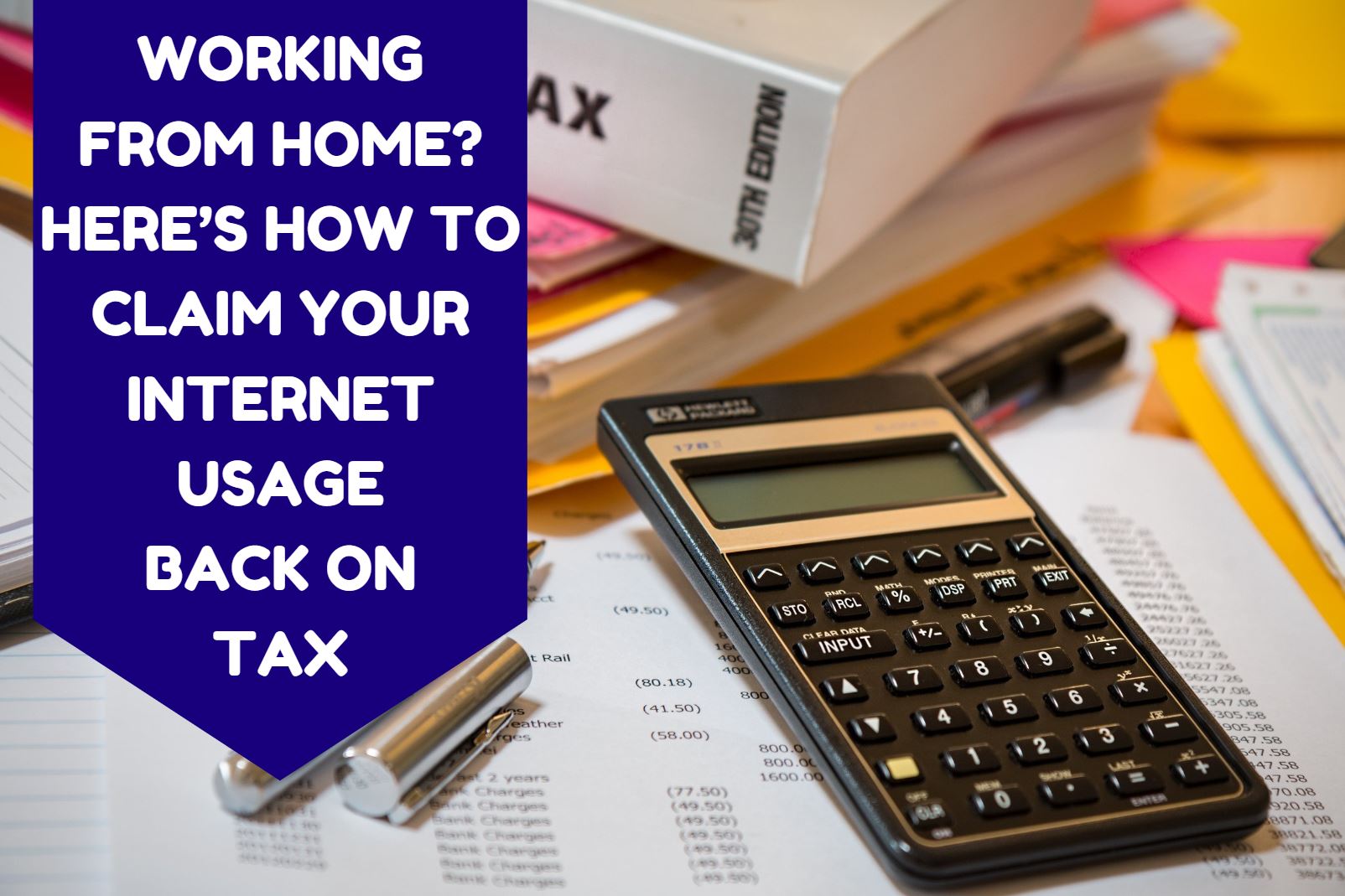
If you’re bunkered down in your home office during this time, you’re not alone. Around one in four Aussies are working remotely during the pandemic, with the trend predicted to continue once things return to normal. From Internet issues, to attending meetings in your tracksuit bottoms, working from home has its ups and downs. But it’s important that you don’t sell yourself short come tax time. For many of us, these extra hours logged at home mean that our tax return might look a little different this year. That extra monitor or office chair you purchased for your home office set-up? Tax-deductible. Your additional broadband or mobile usage while working from home? Also tax-deductible. But knowing where to start can be tricky, especially if you’ve only ever lodged a simple return based on your PAYG summary. With 30 June not too far off, here are the details on what you can claim and how to prepare.
Home office supplies
The novelty of working from a laptop on the couch can only last so long. Many remote workers have purchased home office equipment during this time, with Officeworks reporting a spike in sales across standing desks, monitors and printers.Here’s what you’re eligible to claim while working from home:
- Home office equipment. This includes things like printers, telephones, computers and furniture. You can claim for the full cost of the items (up to $300) or the decline in value for items worth more than $300.
- Energy and Internet bills. You can claim a portion of your electricity bills for heating, cooling and lighting costs, along with Internet and mobile usage. We’ll cover this in more depth below.
- Repair costs. This includes repairs to home office furniture and fittings.
- Cleaning costs. You may be able to claim for cleaning expenses if you can show proof that they relate to your office space.
And here’s what you can’t claim:
- Rent or mortgage payments incurred while working from home.
- The cost of coffee, milk, tea and other general household items your employer may have provided you with at work – that packet of biscuits is coming from your own pocket.
Make sure you hold on to your receipts. You need to be able to prove to the Australian Tax Office (ATO) how much you spent on eligible items and when you purchased them.
Internet bills
If you’ve been using your home Internet for work-related purposes, you may be eligible to claim a portion of your usage back on tax. There are a couple of ways you can do this.
Calculate based on your estimated usage
To do this, you’ll need to estimate what percentage of your Internet is used for work. As an example, you might decide this figure is around 20%. From here, take 20% of your monthly Internet bill and multiply this by 12 to give you a figure for the year.
For instance, let’s say your monthly Internet bill is $90. If you decide your work usage is 20%, this will come to $18. If you multiply this figure by 12, you’ll be eligible to claim $216 back on tax.
Alternatively, you may have only been working from home for three months. In this case, you’d multiply $18 by three, which means you’d be eligible to claim $54 back on tax.
Keep in mind you can only claim on the portion of your usage relating to work, not personal use. You’ll also need to provide proof of your calculations to the ATO. If you can’t provide adequate evidence, you may be slapped with a fine.
With this in mind, it’s worth keeping records of your Internet bills or log your usage times in a notebook in case your tax return is audited.
The ‘80 cents per hour’ shortcut method
If numbers aren’t quite your thing, the ATO has introduced a new way to claim to help simplify the process. So how does it work?
Remote workers can claim a flat rate of 80 cents per working hour for all their work-related running costs between 1 March and 30 June. But you’ll need to meet certain eligibility criteria in order to do so:
- You’re working at home because of coronavirus. If you’ve still been going to the office, you don’t qualify (unless you’ve been working partial hours from home as well).
- You had to pay for these costs yourself. If you’ve been reimbursed by your employer, you won’t qualify.
- You’ve kept a record of the hours you’ve worked. You’ll need to provide proof to the ATO. This can include things like payslips, timesheets or a diary log.




